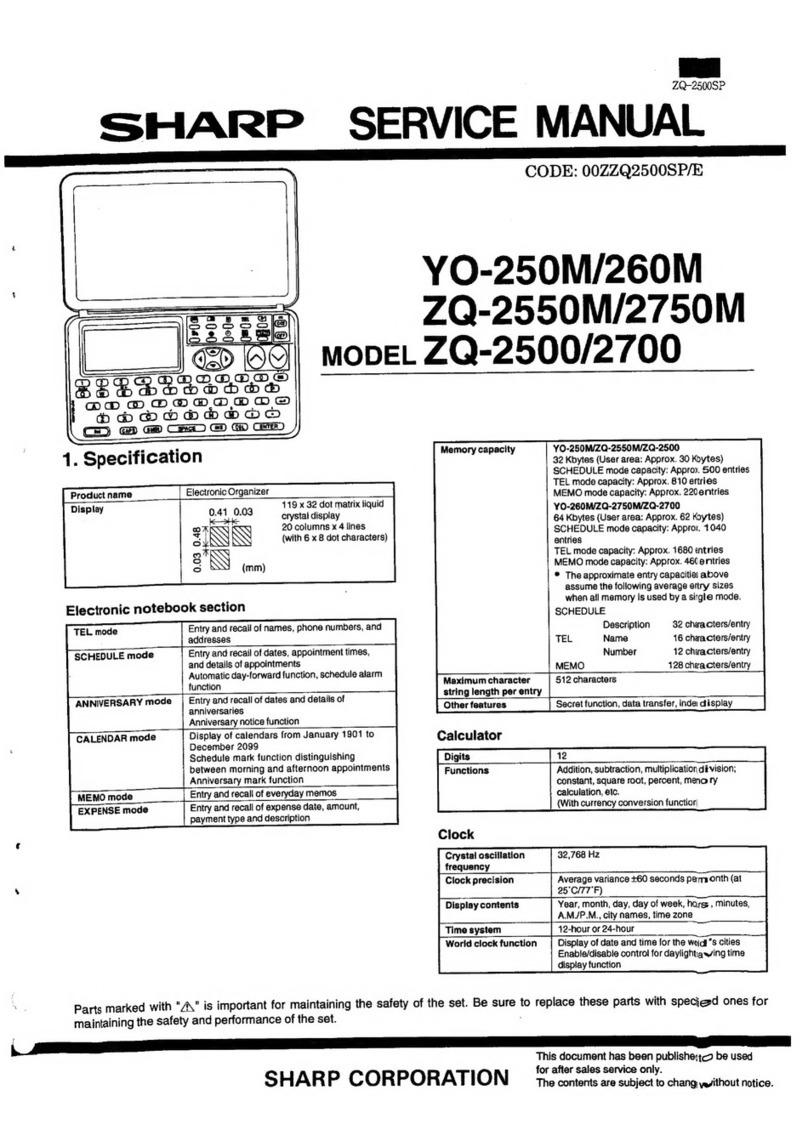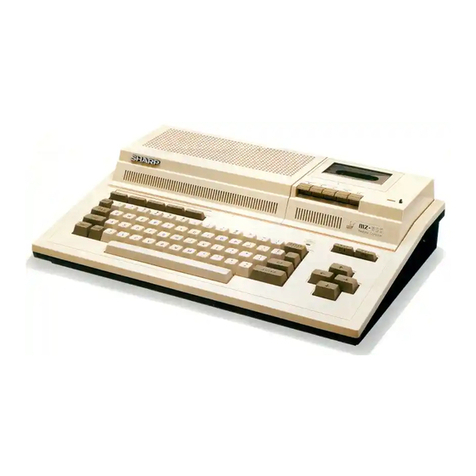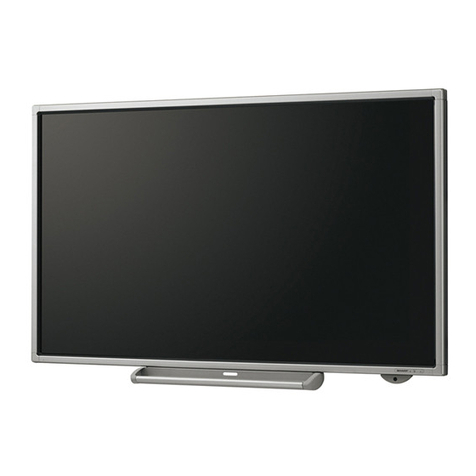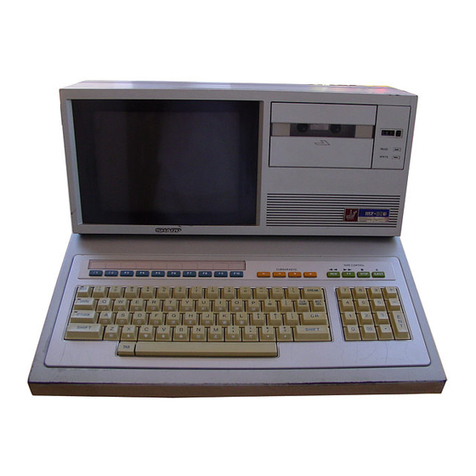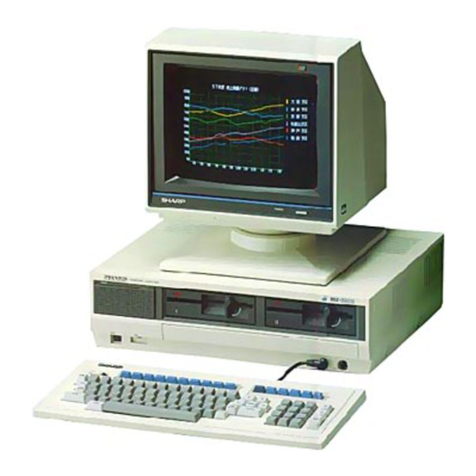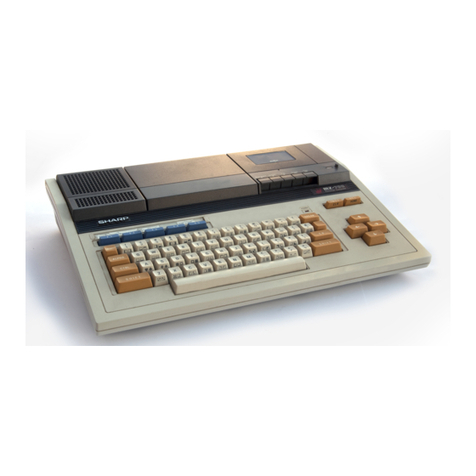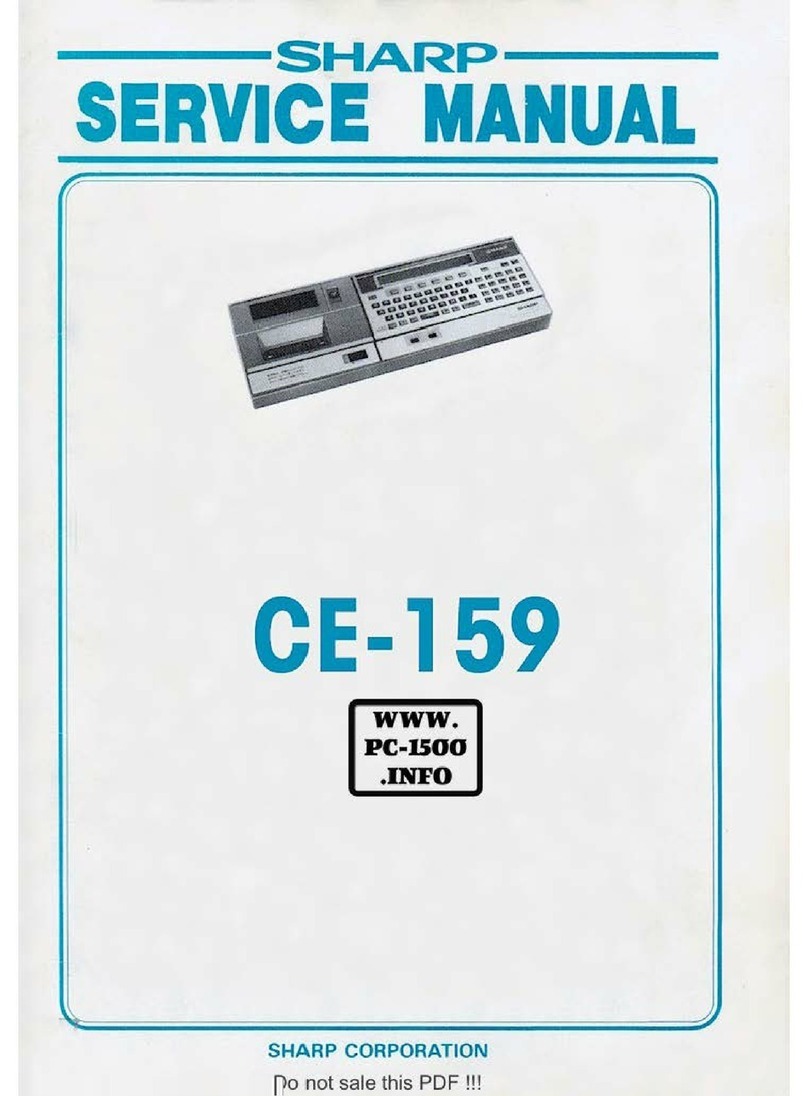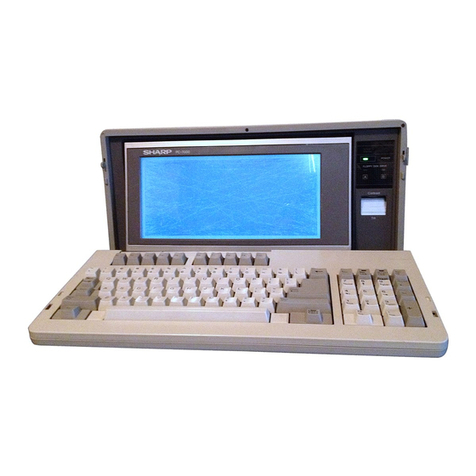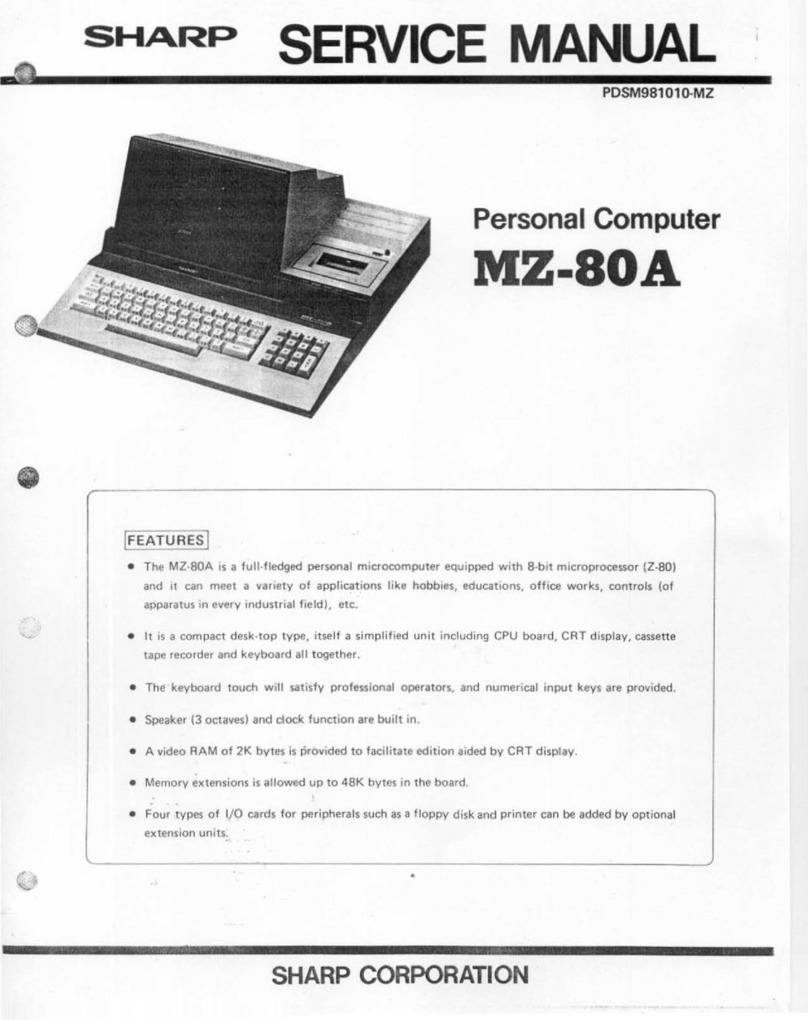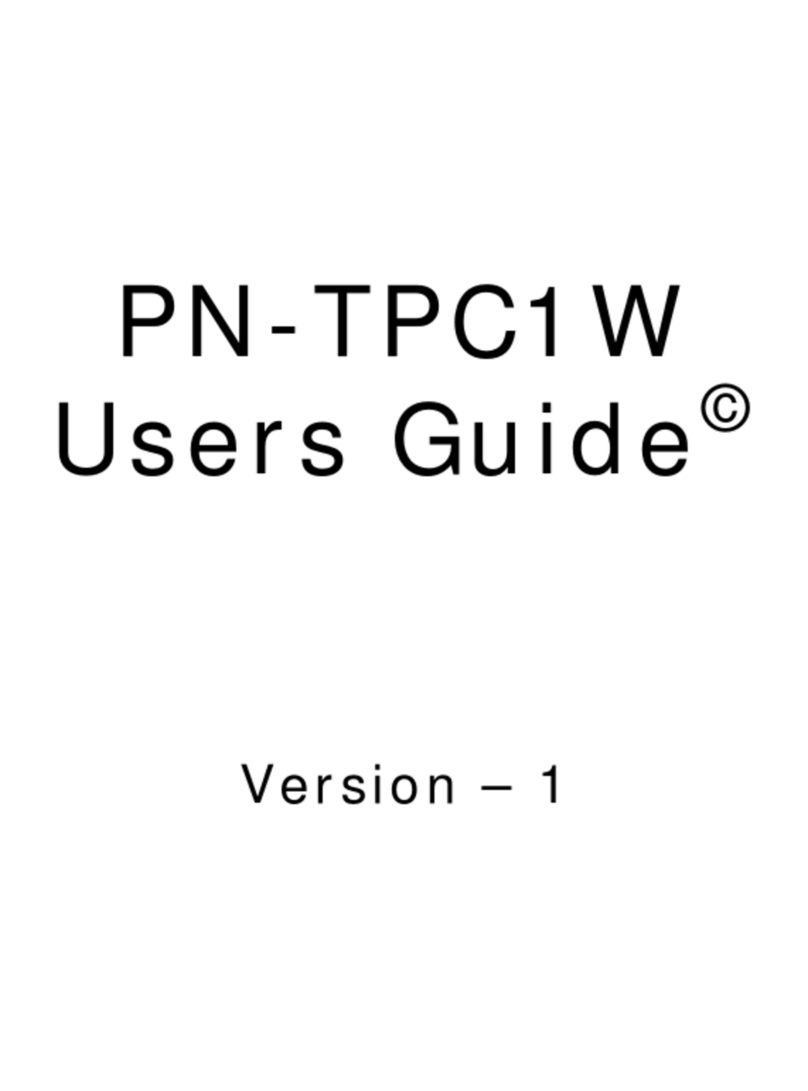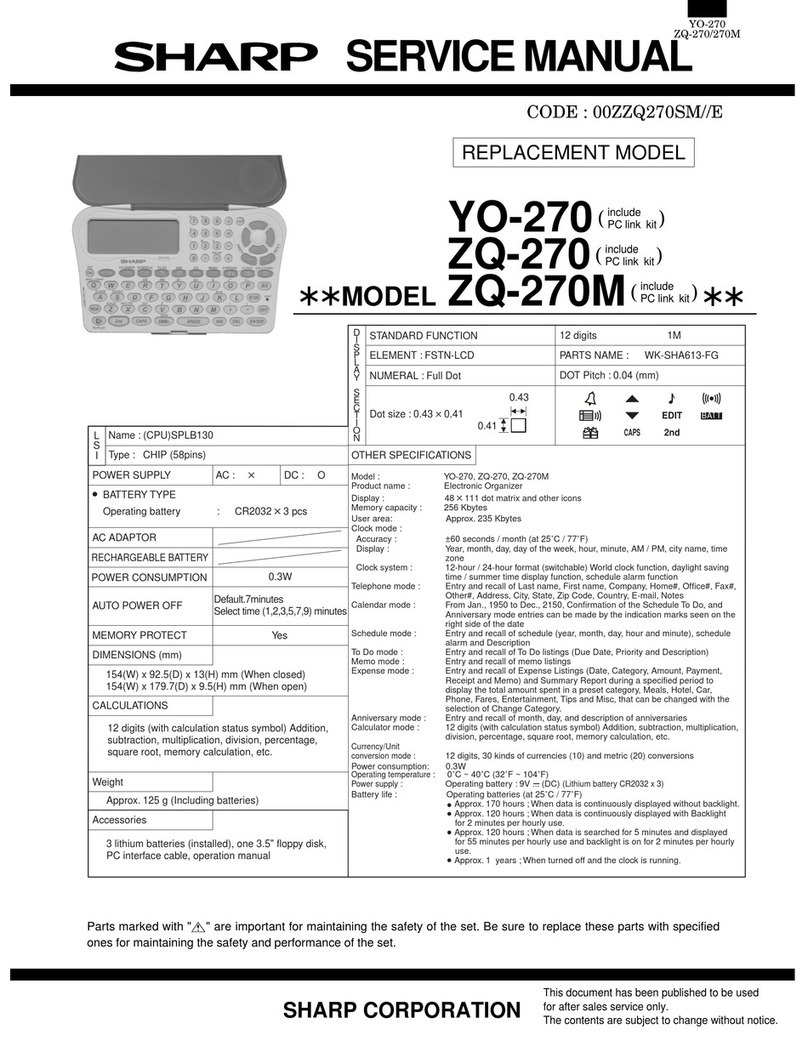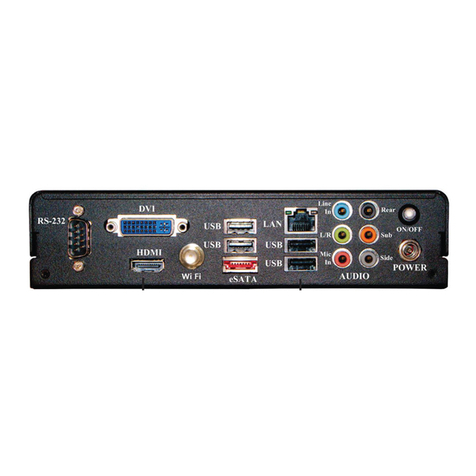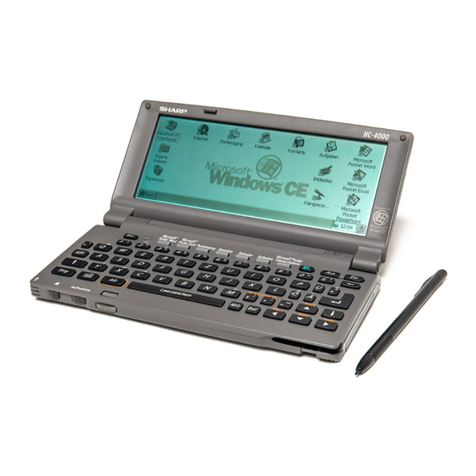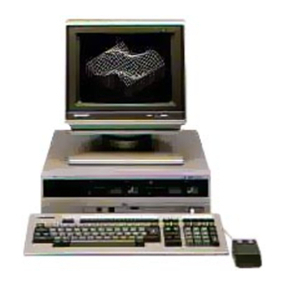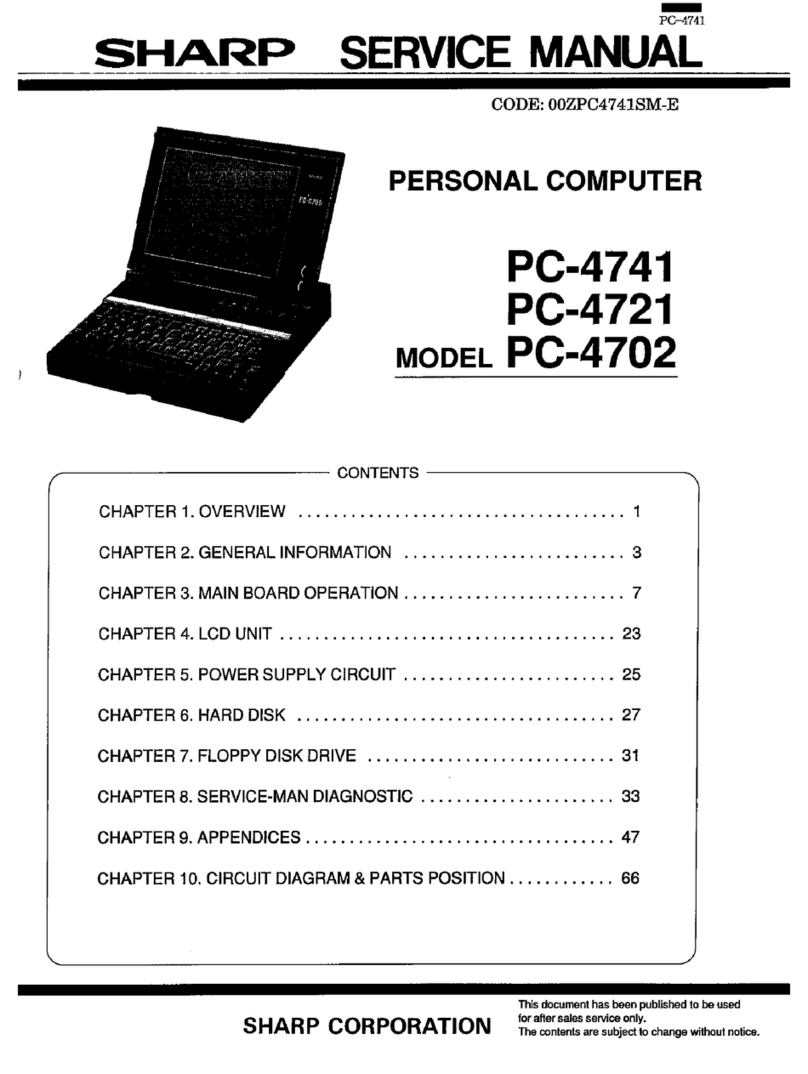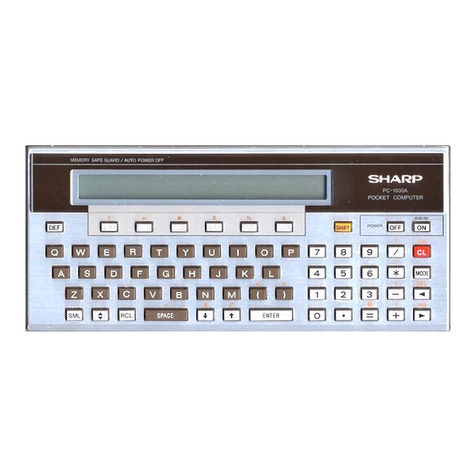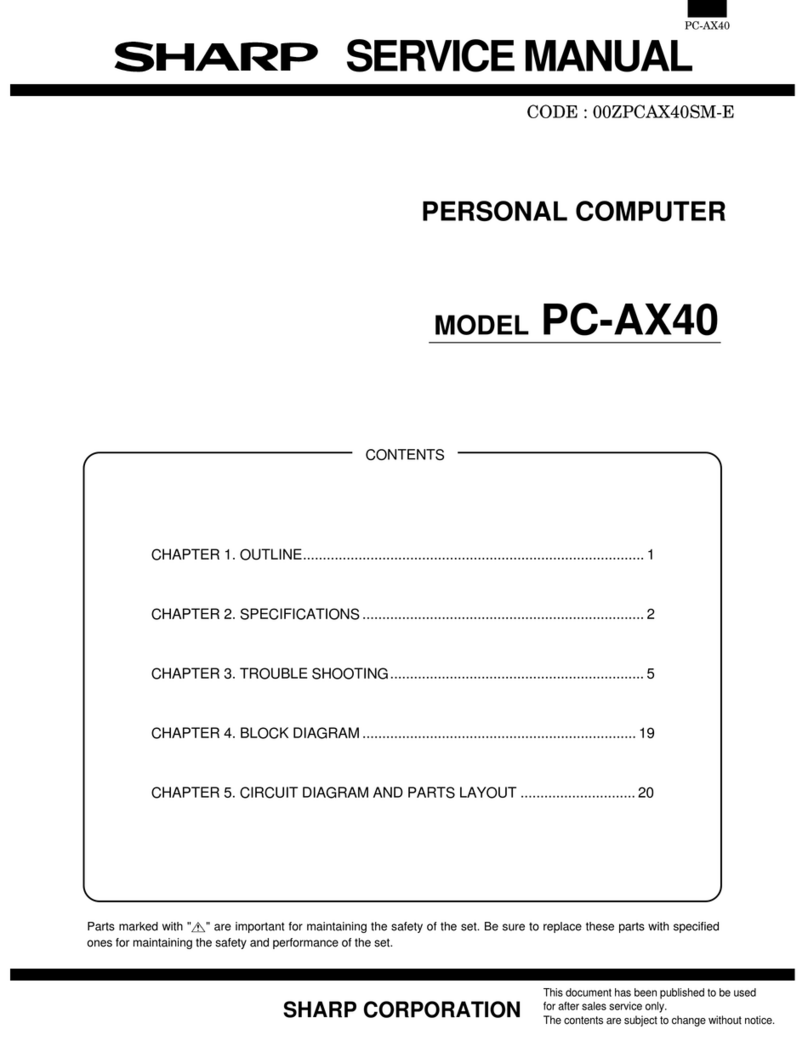CLOSE #
................................................................................................
53
KILL #
...................................................
:
...............................................
54
DEFAULT
..............................................................................................
55
EOF(#)
..................................................................................................
56
LABEL
...................................................................................................
57
WAIT
.....................................................................................................
58
SEARCH
................................................................................................
59
INIT
........................................................................................................
60
USR
......................................................................................................
62
INP@
.....................................................................................................
63
OUT@
................................................................................................
64
Logical Operation
......................................................................................
65
Section
3:
BASIC Monitor Functions
.........................................................
67
3.1
Editing Format
.............................................................................
68
3.2 Printer Switch (P Command)
...........................................................
68
3.3 DUMP (D Command)
...................................................................
69
3.4 MEMORY SET (M Command)
.......................................................
69
3.5 FIND (F Command)
........................................................................
70
3.6 GOSUB (G Command)
...................................................................
70
3.7 TRANSFER (T Command)
..............................................................
70
3.8 SAVE
(S
Command)
.......................................................................
70
3.9 LOAD (L Command)
......................................................................
71
3.10 VERIFY (V Command)
...................................................................
71
3.11
RETURN (R Command)
.................................................................
71
Section
4:
Application Programs
.............................................................
73
Use of the File Converter
..........................................................................
74
Section
5:
DISK BASIC Summary
..............................................................
81
5.1
Summary of DISK BASIC Commands, Statements, Functions and
Operations
....................................................................................
82
5.1.1 Commands
....................................................................................
82
5.1.2 File control statements
.....................................................................
84
5.1.3 BSD control statements
....................................................................
86
